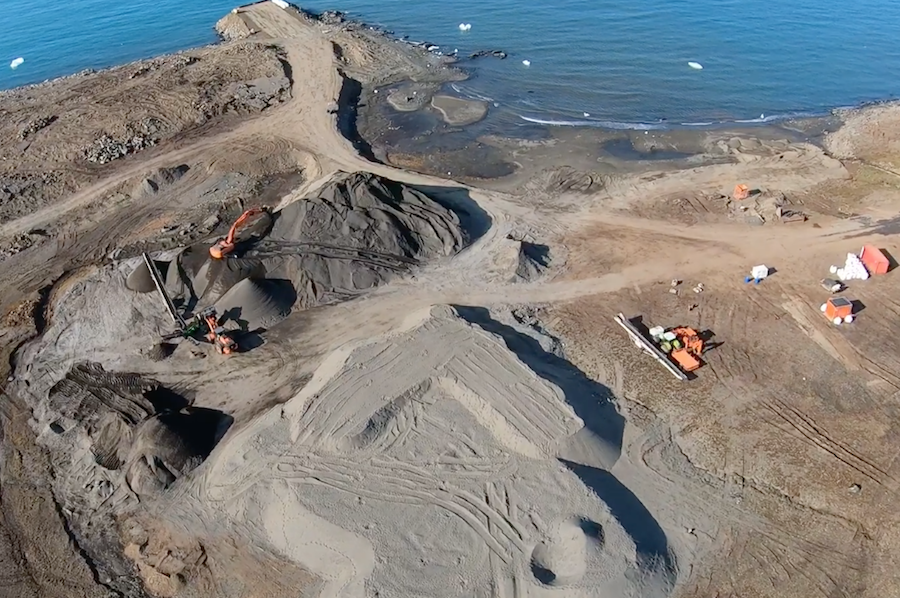
Bluejay will produce 440,000 tonnes of ilmenite annually over an initial mine-life of 11 years.
“The ilmenite product market is very robust currently with a clear and strong upward price trend forecast to continue for several years to come,” chief executive Roderick McIllree said in the statement. “This tightening of supply and increasing price forecasts provides a perfect platform to now bring online one of the world’s great deposits of titanium.”
The company already has a conditional offtake agreement for up to 300,000 tonnes per year, or around 70% of Dundas’ total future production. The deal, with an unnamed commodity trading firm, was inked in July.
Having the key licence would help Bluejay to further progress financing discussions with existing and new interested parties. The company said Dundas requires an investment of $245 million.
The governments of both Denmark and Greenland are shareholders in the company, after investing in November 2019 as part of an £11.5m ($15.42m) share sale.
Bluejay is actively working to reduce the capital requirements and operating expenses determined in the prefeasibility study (PFS). Such process, it said, will result in costs savings and alternative solutions for a leaner and greener operation.
Dundas will create 80 to 120 jobs once at full production, which is expected by 2022.
Climate change
Miners have become increasingly interested in Greenland as thawing sea ice attributes to climate change, opens up shipping routes and exposes mineral riches. The phenomenon, however, has the country’s population divided, with some worried about the loss of tradition, while others embrace development.
Changing weather patterns has been critical to making the project viable, McIllree said last year. Only 25 years ago the location would only have been accessible to ships and for only two or three months a year, he noted.
Greenland, an autonomous region under the Kingdom of Denmark, is the world’s largest island. The US has operated an airbase on the northwest coast of the island since 1943.
The country makes its own decisions regarding investments in mineral resource activities, including the granting of licences.
Until recently, the region had only one major mining project, the Kvanefjeld rare earth project launched in 2007. In the past year, however, it has issued more exploration and mining licenses in a bid to diversify its economy.
US interest
The US government signed a memorandum of agreement with Greenland on mineral sector governance in 2019 as part of efforts to ensure the supply of critical minerals, particularly rare earths, from outside China.
Washington has also gained the support of Australia, which has committed to facilitate potential joint ventures to improve rare earth processing capacity and reduce reliance on Chinese rare earths.
The mineral agencies of both countries also have a research agreement to quantify their reserves of critical mineral reserves.




